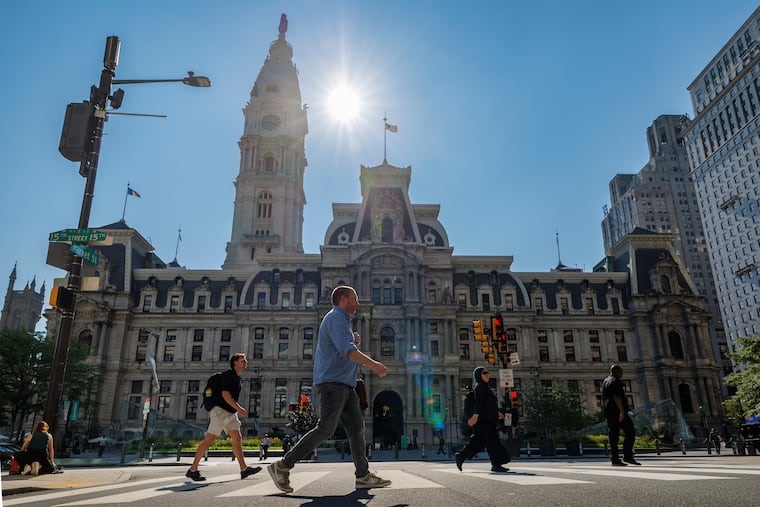Heat-related deaths in Philadelphia decrease despite rising temperatures.
This summer has seen five heat-related fatalities in Philadelphia, as reported by the city’s Health Department, with all incidents occurring in June. Despite the gravity of any heat-related death, this figure illustrates a significant decline in heat fatalities over the years, even as temperatures continue to rise and humidity levels become increasingly oppressive.
The forthcoming days are expected to bring more heat and humidity to the Philadelphia area, with sultry conditions often extending into September. Yet, this year’s mortality figures align with past trends, particularly when compared to the alarming statistics from the late 20th century. In stark contrast to the 361 heat-related deaths recorded in the 1990s, the last decade has seen a mere 37 fatalities, even though four of the hottest summers on record have transpired during this period, marked by ongoing global warming.
The connection between recent heatwaves and a potential increase in public awareness regarding heat dangers may suggest a more favorable outcome in heat-related mortality. In June, the city experienced its first 100-degree temperature in 13 years, prompting discussions among heat-health experts about the possibility that acclimatization during early summer may have contributed to mitigating fatalities during subsequent heat events.
Experts believe that the relatively low numbers of heat-related deaths can largely be attributed to increased public awareness and proactive health interventions. Philadelphia has implemented a pioneering heat warning system, which has been modeled by other cities. This initiative has significantly contributed to a more informed population regarding the health risks associated with extreme heat.
The turning point for Philadelphia’s approach to heat-related deaths was highlighted by its previous struggles in the 1990s. In 1993 alone, 118 deaths were recorded, far surpassing the combined totals seen over the past decade. Much was attributed to a revised method for counting heat-related deaths, which broadened the criteria for determining such cases and captured a larger number of victims, particularly among the elderly who often live alone.
The Health Department’s programs, initiatives to create cooling centers, and efforts to educate the public regarding preventive measures have reportedly saved numerous lives. A study indicated that from 1995 to 1998, the city’s efforts succeeded in preventing around 270 heat-related deaths at an annual cost of just 0,000.
As Philadelphia braces for additional heat in the coming days, residents are advised to stay vigilant. The average temperature for this summer is projected to be among the warmest on record, and upcoming forecasts suggest high temperatures nearing 90 degrees. It is imperative for individuals to continue prioritizing hydration and to seek refuge from the heat when necessary. Awareness and preparation are essential as Philadelphia enters what may be its warmest season yet.
Monitoring weather conditions remains crucial in navigating the health risks of extreme heat, ensuring that citizens are equipped with the knowledge to protect themselves effectively.
Media News Source






